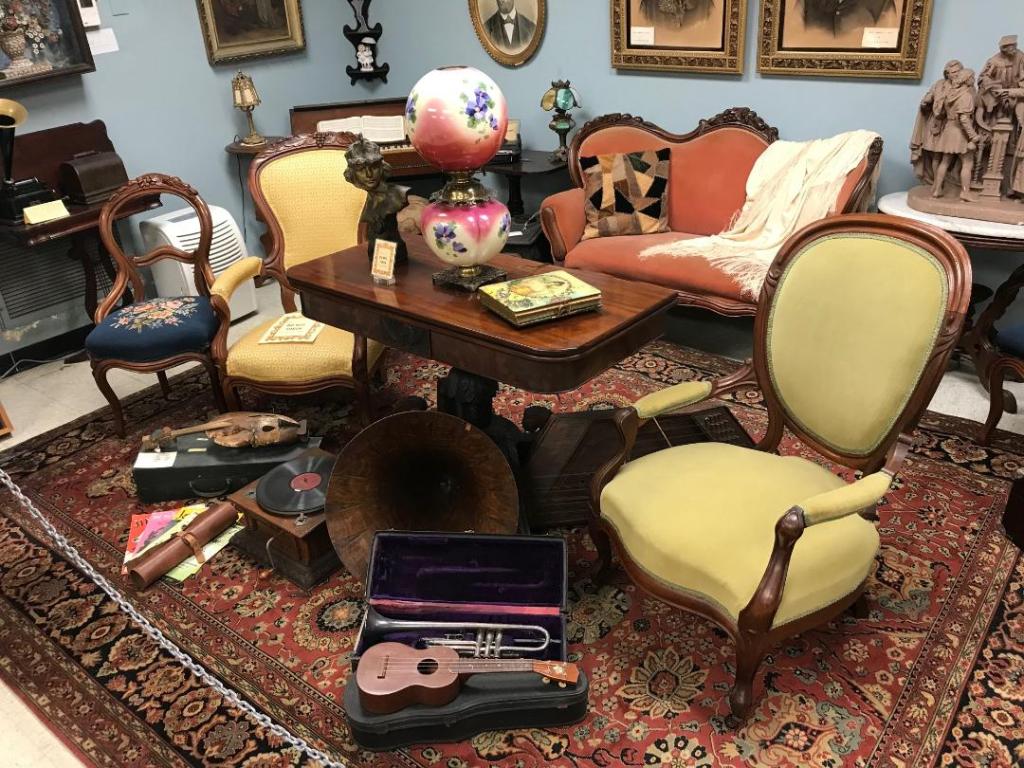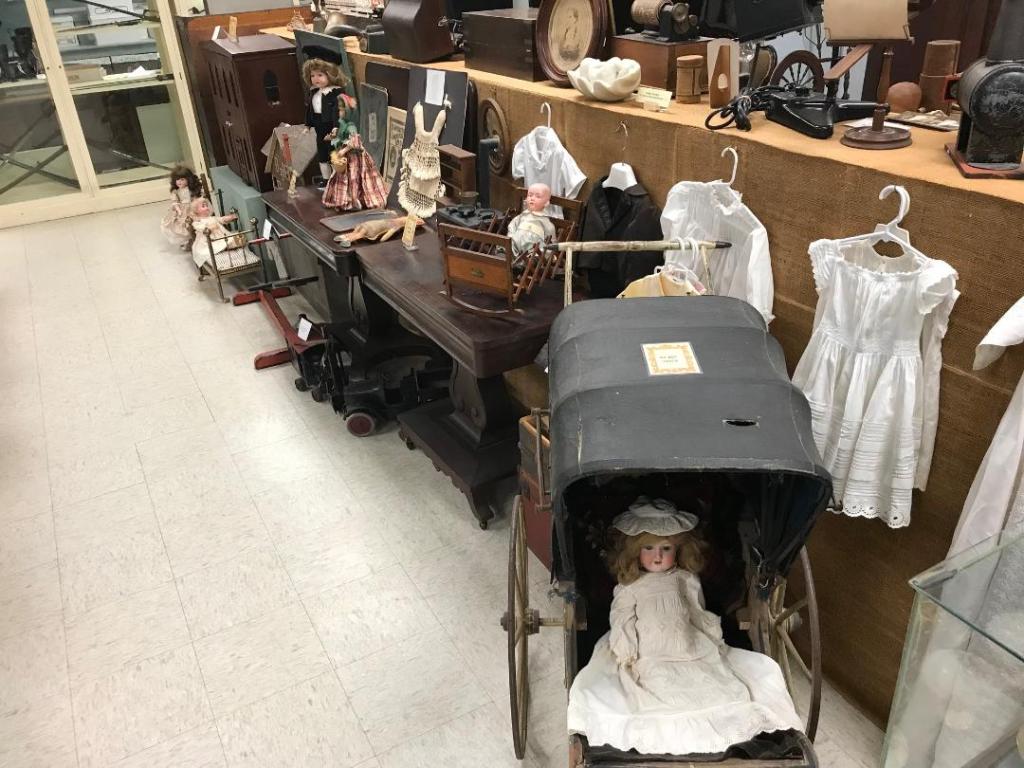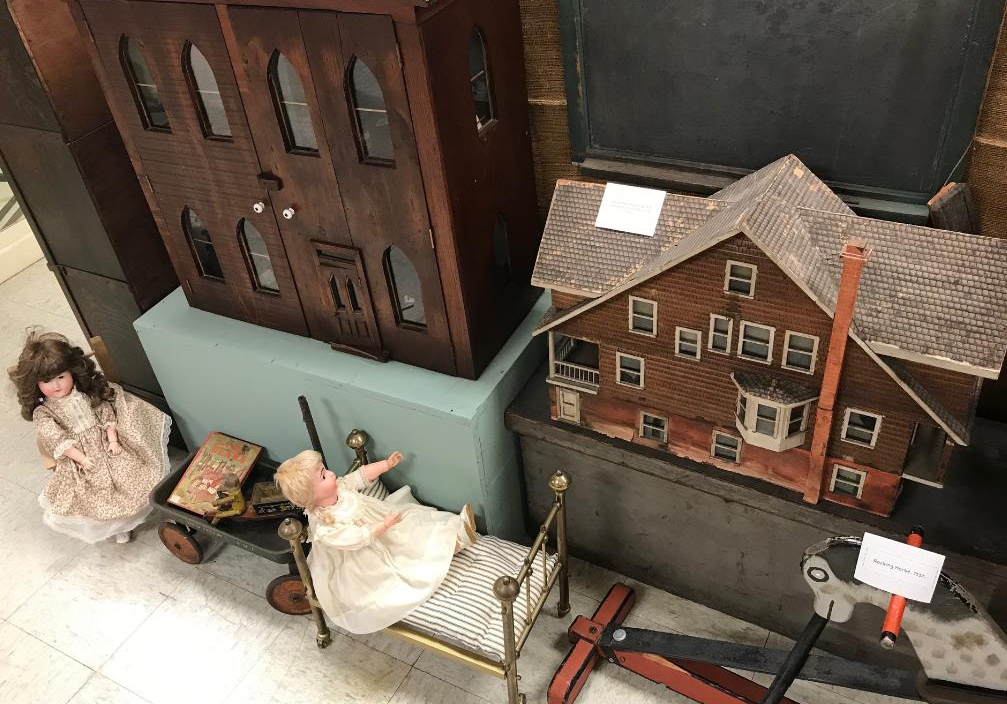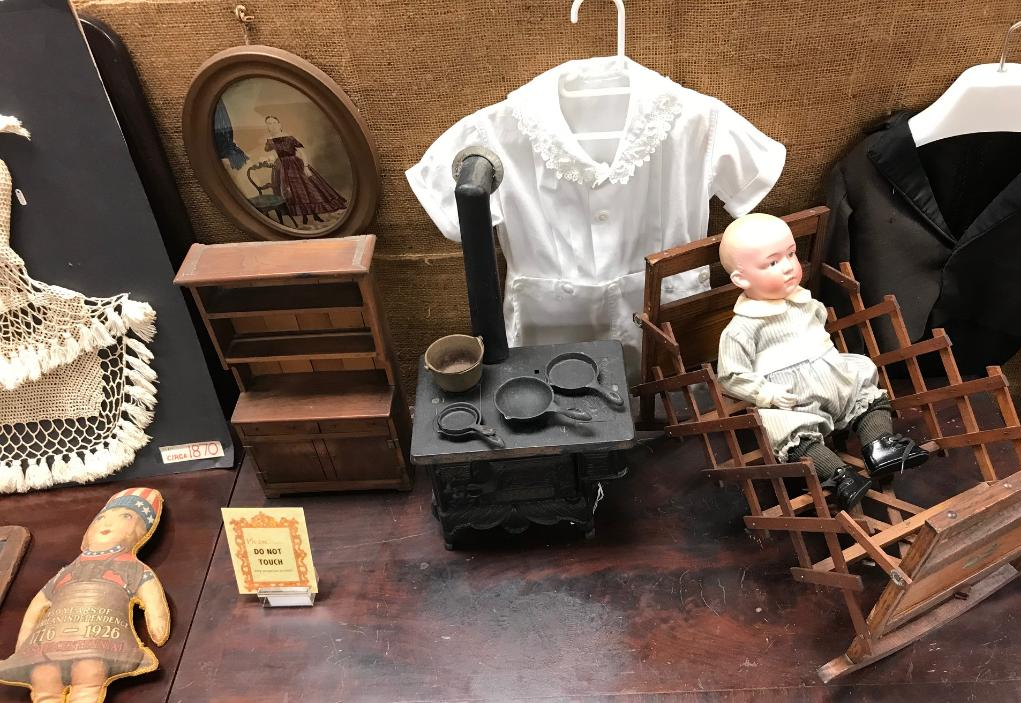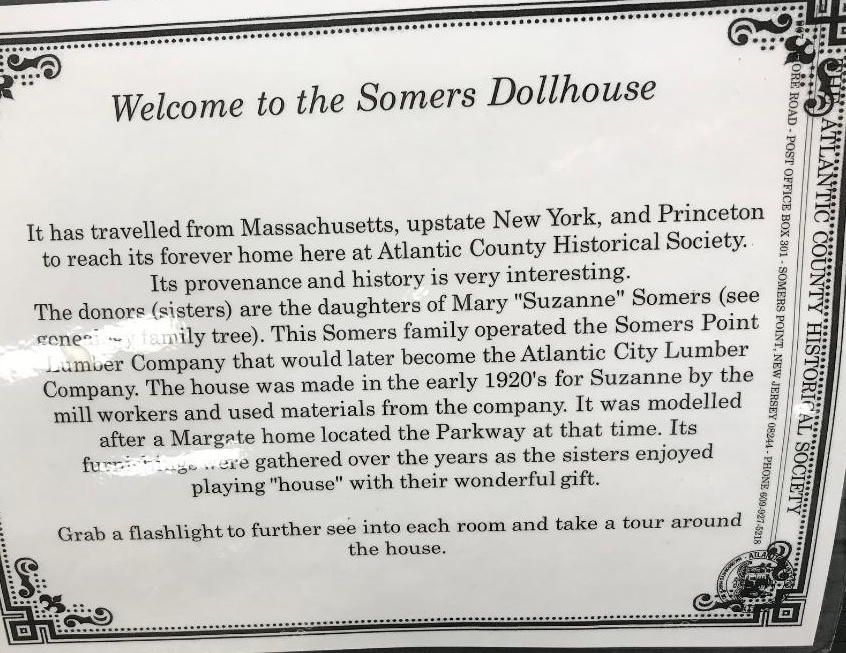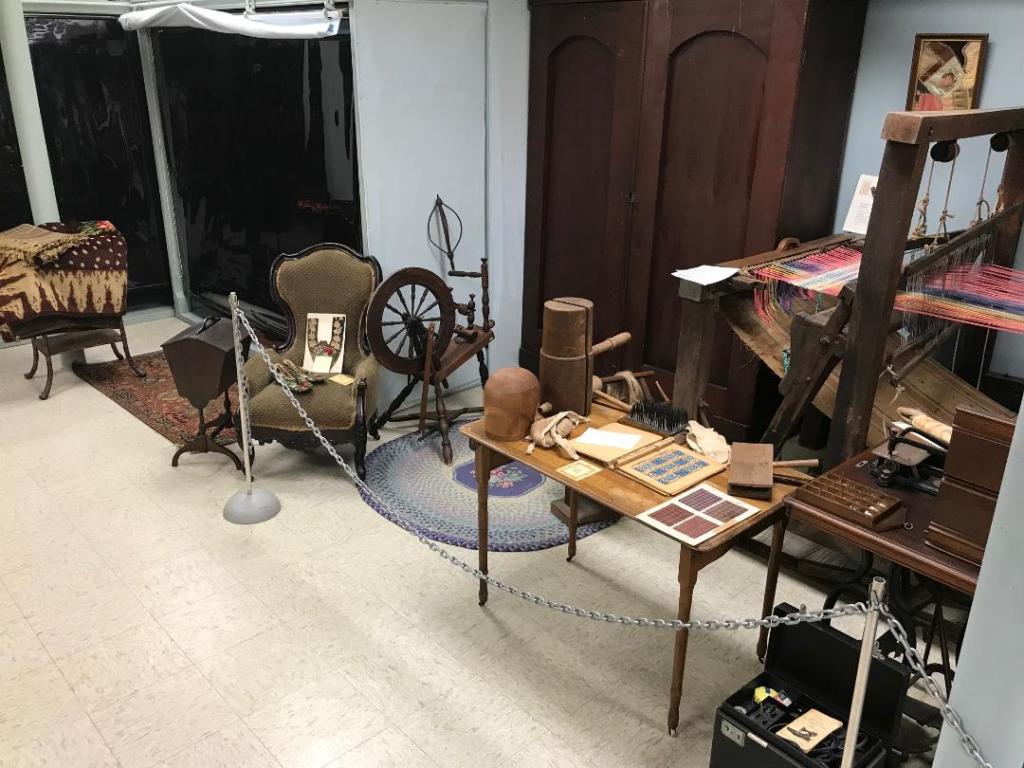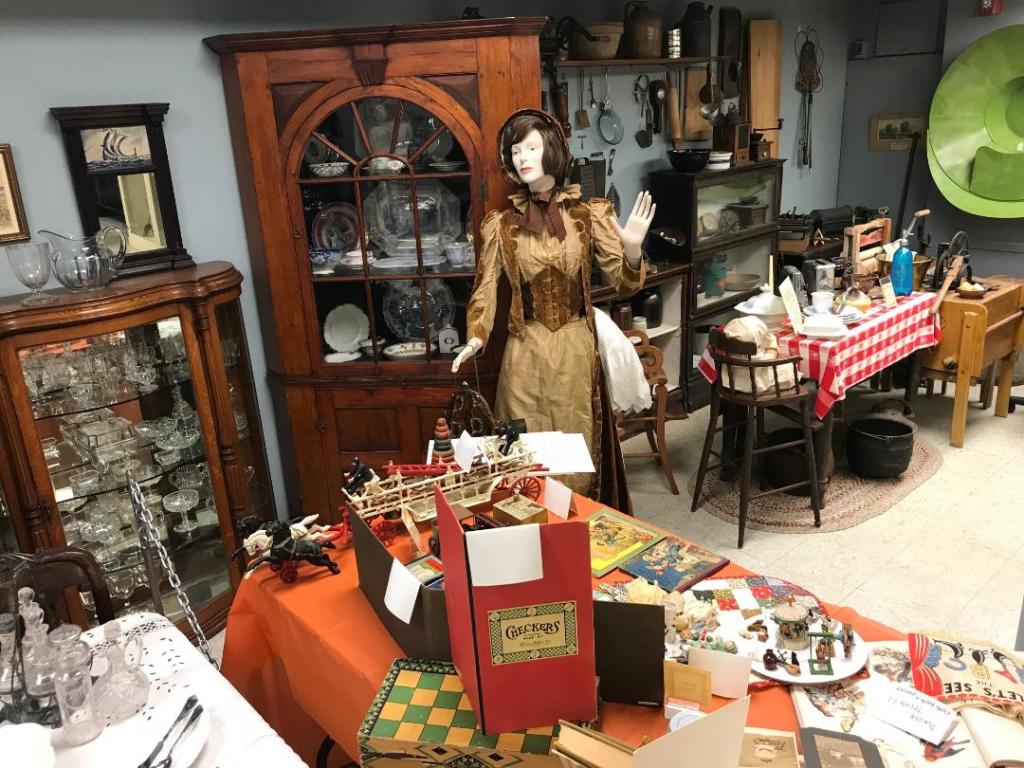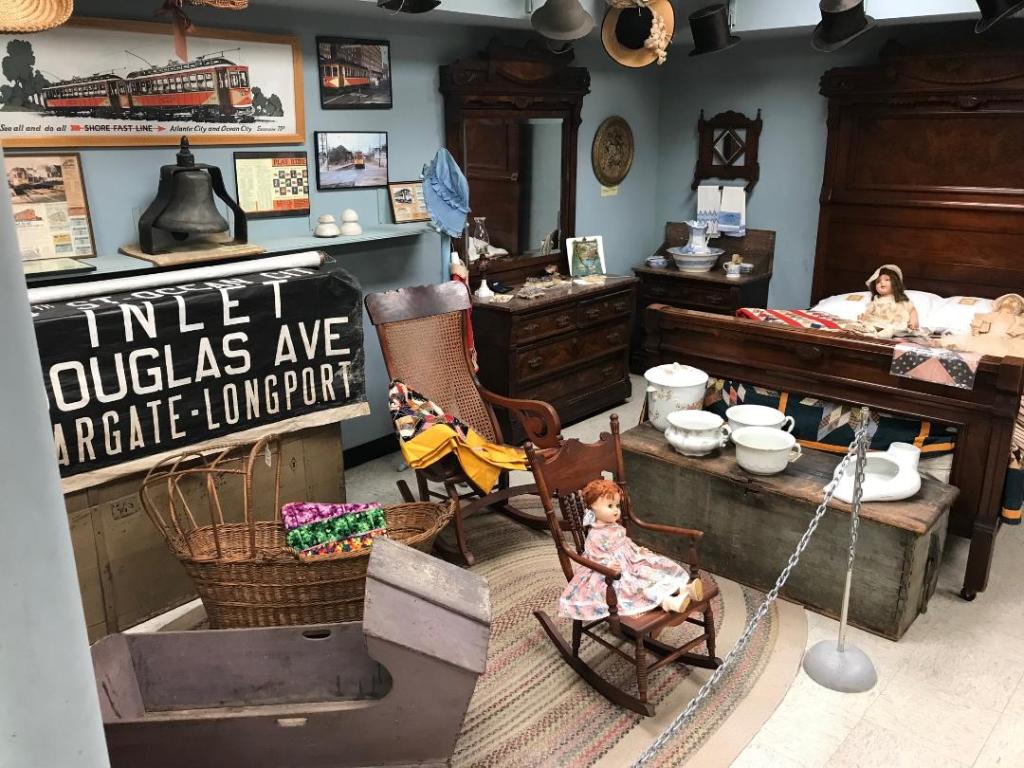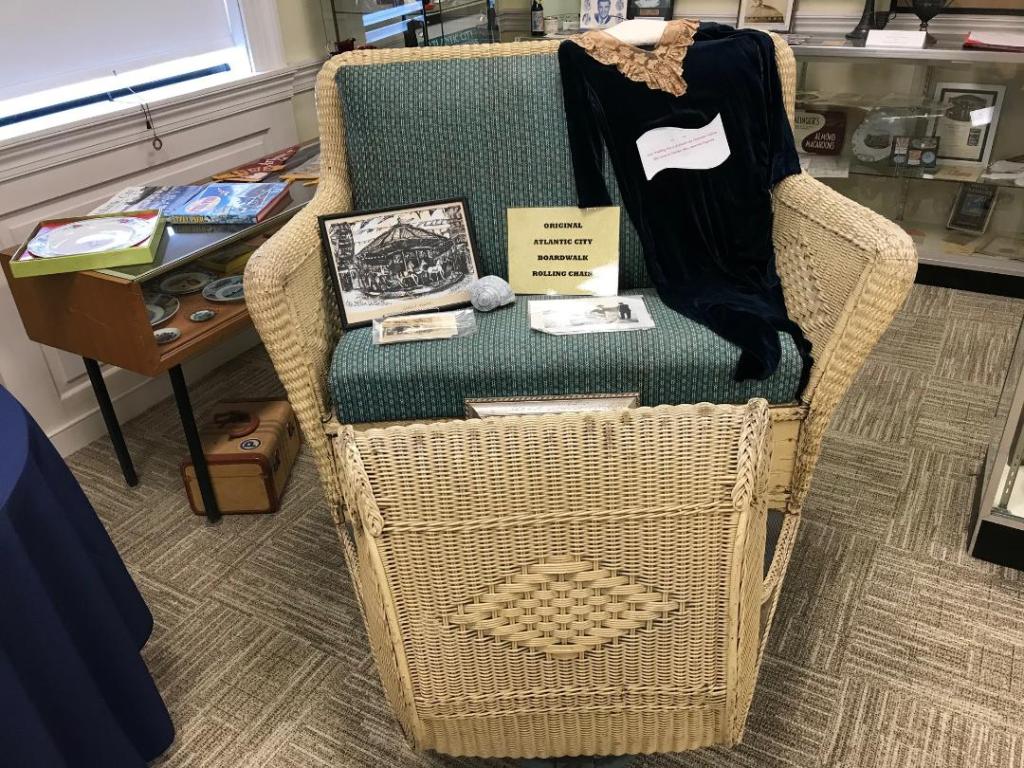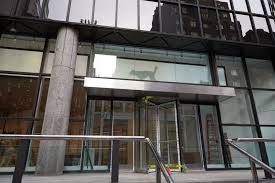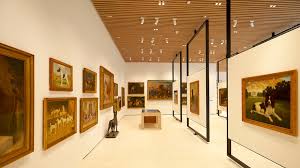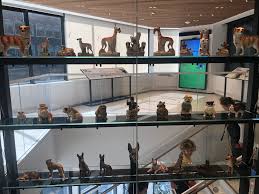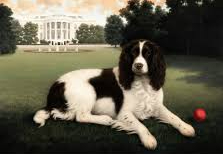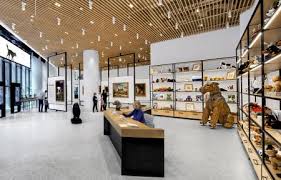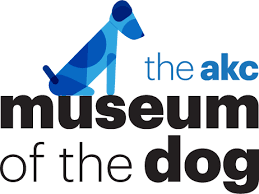Art & Design Gallery at FIT
227 West 27th Street
New York City, NY 10001
(212) 217-4683/4570
https://www.fitnyc.edu/life-at-fit/campus/gallery/index.php
https://www.fitnyc.edu/academics/academic-divisions/art-and-design/index.php
Open: Sunday-Saturday 9:00am-5:00pm
Admission: Free Donations Accepted
My review on TripAdvisor:

The entrance to the Art & Design Gallery at FIT at 227 West 27th Street
The exhibition space showcases the work of students, faculty, and distinguished alumni, as well as invited guest artists. This new gallery space is located at the entrance of the Pomerantz main building and the back room exhibition space. This features smallers theme shows and showcases the talents of the FIT professors, professionals and Alumni. The shows are constantly rotating offering a fresh approach to contemporary art.
The Current Exhibition:
Creative Industry:
The Alumni Journey
Lobby and Gallery
Diverse in medium, this exhibition spotlights the career trajectories of several illustrious FIT alumni, highlighting their innovations and interesting journeys through the creative industries. Co-curated by Troy Richards, dean for the School of Art and Design, and Alumni Relations’ Kseniya Baranova, the work on display features photography, fashion, video, weaving, wallpaper, graphic design, and painting.

“Unconventional Minds at Work: 15 Years of HUE, The FIT Alumni Magazine

The showcased art designs

Artwork “Matter 2008” by artist Susanne Tick

The sign of artist Susanne Tick’s work

Artwork from “Unconventional Minds at Work”

Artwork from “Unconventional Minds at Work”

Artwork from “Unconventional Minds at Work”
Resurgence:
The Ingenuity of Artisan Work and
Hand-crafted Objects
Lobby and Gallery

‘Resurgence’ showcases the ingenuity of artisan work and hand-crafted objects from textiles, jewelry, and decorative accessories. Contributors to this show include FIT alumni, faculty, and students, as well as finalists from the 2022 Global Eco Artisan Awards, a recognition given by the AGAATI Foundation.

Artwork of “Resurgence”

The Gallery at FIT during one of the current exhibitions
The latest exhibition is on the A. Beller & Company clothing line. The designs on display are from 1900-1930 and many of the designs are from the ‘flapper’ era.

The A. Beller & Company exhibition

The A. Beller & Company designs.

The Bio on the manufacturer

The A. Beller & Company designs from 1910-1930.

The A. Beller & Company designs from 1910-1930.

The A. Beller & Company designs from 1910-1930.

The A. Beller & Company designs from 1910-1930.
The museum also did a piece on how Generation Z is reworking vintage clothing designs and reworking them into modern clothing.

The Generation Z gallery of designs.
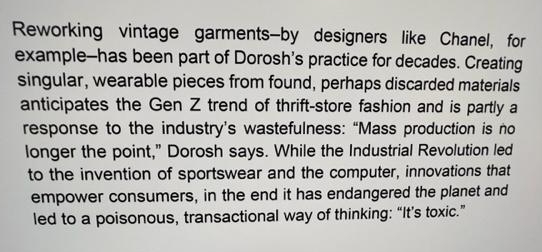
The write up on reworking of vintage clothing.

Some of the clothing designs.
The new exhibition in September 2023 was “The Unwearable Art” exhibition:

With the tag line “A fashion line no one would dare wear.”
The fashions were very unusual to say the least but unique in every way.

The entrance to the gallery.

“Today-I’m Wearing Uncertainty”

the “Today-I’m Wearing Uncertainty” design sign.

“Today-I’m Wearing Flare Intensity”

The “Today-I’m Wearing Flare Intensity” sign.

“Today-I’m Wearing Something Life Threatening.”

The sign “Today-I’m Wearing Something Life Threatening”

“Today-I’m Wearing Physical Pain”

The sign for “Today-I’m Wearing Physical Pain”
The “Wearing Uncertainty” exhibition offers a different look at fashion, and it’s influences on costumes.

The new “Squishables” exhibition at the Gallery at FIT focuses on therapeutic stuffed animals with themes that the students created as teams. Each one has several colorful soft animals and figures with it. It is a colorful and whimsical display. The exhibition shows how plush toys become an essential tool in coping with anxiety, stress, grief and isolation a person might feel at a time of their lives. This exhibition opened in May of 2024.

The sign on the new exhibition “Squishable”.

The “Unicorn Cafe” display.

The “Under the Sea” display.

The “Graveyard” Halloween display.

The “Alchemy Lab” display.

The “Farm” display.

The “Squishables” Gallery exhibition.
The new exhibition “Squishables” is based on a therapeutic stuffed animal that is created by the students.
The “Denim Devine” exhibition is the Senior Project of the graduates.

The “Denim Devine” exhibition in 2024. This exhibition was created by graduating students to design a wardrobe that was made of entirely of denim. These are their original designs and creations.

The “Denim Devine” entrance.

The winners of the “Denim Devine” exhibition.

The “Denim Devine” display.

The back gallery of “Denim Devine”.

I loved this Disney inspired dress in the exhibition.

One of my favorite dresses from the exhibition.

Another very original design in the exhibition.

Another original design that I liked in the exhibition.

The picture boards for the exhibition and other exhibitions.
The Gallery is free and open to the public.





